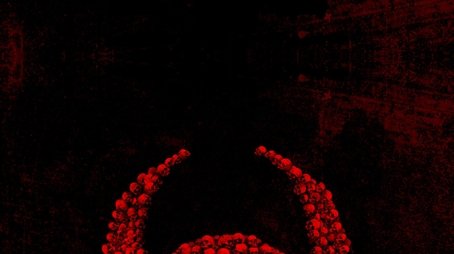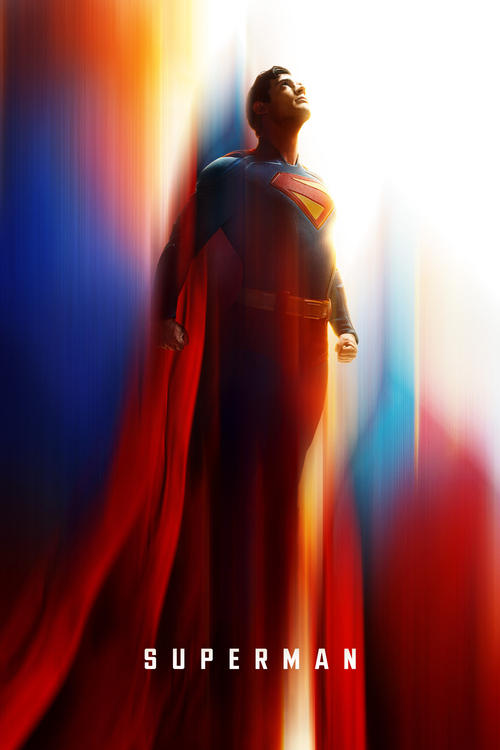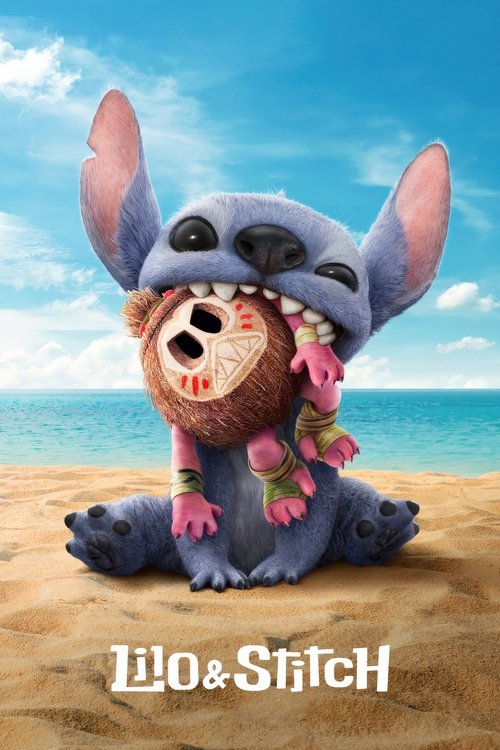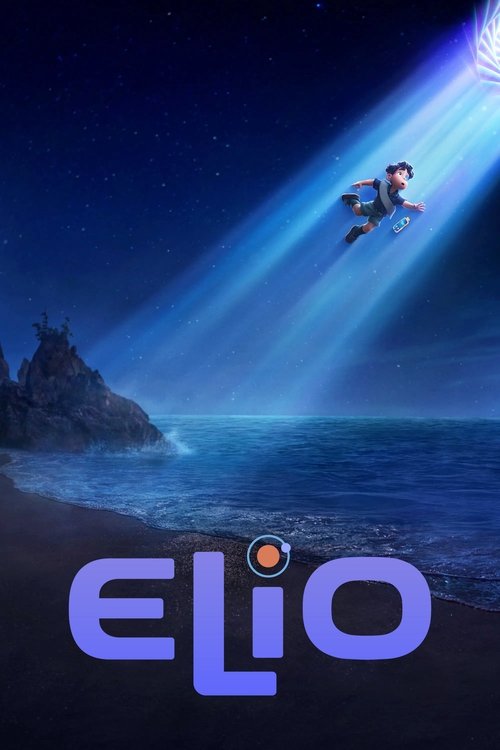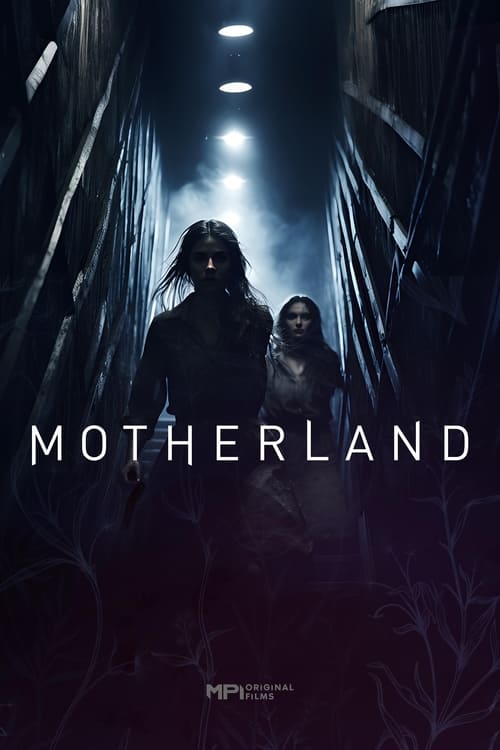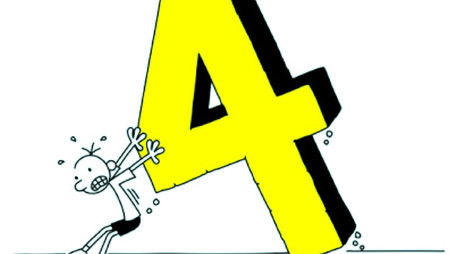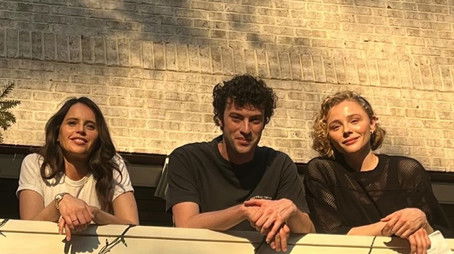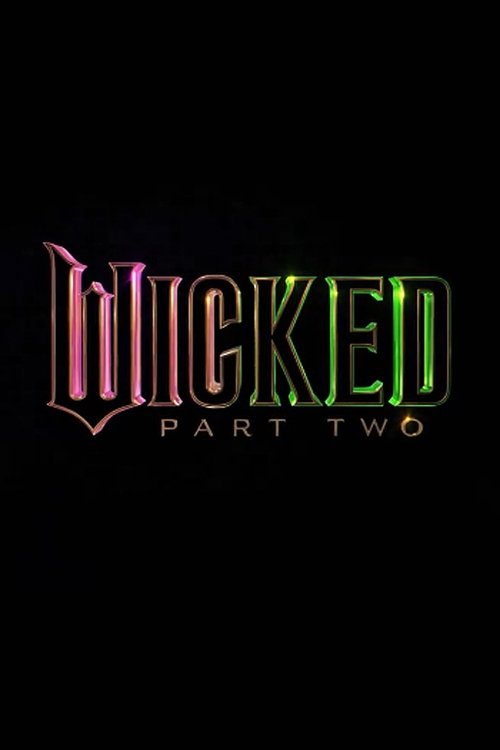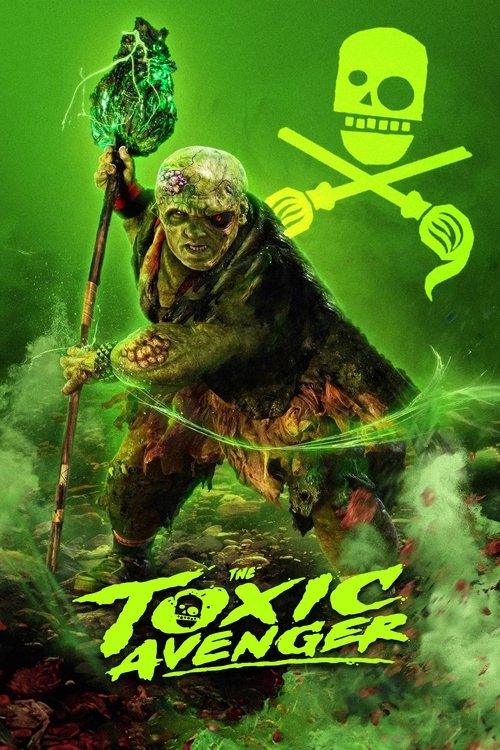
Ask Your Own Question
What is the plot?
The film opens in the Scottish Highlands during the initial outbreak of the Rage Virus in 2002. A young boy named Jimmy is watching "Teletubbies" with his sisters when their mother rushes in, panicked, trying to lock them in a safe room. Suddenly, a horde of infected break into the house, attacking the family. Jimmy manages to escape, but his sisters are left behind and presumably killed. He runs to a nearby church where his father, a priest, is calmly preparing for the inevitable. The priest interprets the virus as a sign of the apocalypse and the Day of Judgment. Before Jimmy hides, his father gives him a crucifix necklace for protection. The infected break into the church, and the priest accepts his fate, succumbing to the virus. This opening sequence sets the grim tone and establishes Jimmy's survival and the symbolic importance of the crucifix necklace he carries.
An onscreen text reveals that the Rage Virus has devastated the UK, forcing the British Isles into quarantine from continental Europe. Survivors are left isolated, forced to fend for themselves in a hostile, post-apocalyptic world. Twenty-eight years later, a small community of survivors has formed a settlement on Lindisfarne, a tidal island off the coast of Northumberland. The island is naturally protected by a causeway that floods with the tide, isolating the community from the mainland.
Jamie, a rugged scavenger played by Aaron Taylor-Johnson, is preparing his 12-year-old son Spike for a coming-of-age hunting ritual. Spike's mother, Isla (Jodie Comer), is bedridden with a mysterious, debilitating illness marked by migraines and hallucinations. The villagers gather to cheer Spike as he steps outside the gates for his first hunt, a rite of passage where he must kill an infected to prove his maturity. Jamie guides Spike into the woods where they encounter several overweight, sluggish infected. Using bows and arrows, they kill some of the infected, with Jamie coaching Spike through the tense moments. They come across a disturbing scene: an infected person tied upside down in a house, struggling to break free. Spike hesitates but finally kills it with an arrow to the head, marking his first kill.
As they move closer to the mainland, Spike notices a fire burning in the distance, but Jamie warns him to ignore it. Soon, they encounter a pack of infected led by a stronger, more intelligent Alpha infected. The Alpha is faster, more brutal, and more cunning than the others. Jamie and Spike are chased and forced to take shelter overnight in the attic of a dilapidated cottage. During this time, Spike observes foreign boats patrolling the quarantine zone and the fire burning further inland. The attic collapses, forcing them to flee. The Alpha pursues them across the partially flooded causeway back to Lindisfarne. Just as the Alpha is about to catch them, the village sentries shoot a flaming arrow into its chest, killing it and allowing Jamie and Spike to return safely. The villagers celebrate Spike's successful hunt with a party.
However, Spike's admiration for his father is shattered when he witnesses Jamie having an affair with Rosie, the village schoolteacher. This betrayal deeply wounds Spike's trust. During the festivities, Spike asks an elder named Sam about the fire and the mainland, learning about a mysterious figure named Dr. Ian Kelson, a former doctor who is feared and rumored to be mad. Sam recounts how Kelson once laid out hundreds of bodies in a ritualistic manner. The next morning, Spike confronts Jamie about Kelson and his refusal to seek medical help for Isla. Jamie insists Kelson is unstable and dangerous, but Spike is unconvinced. Their argument escalates into violence, with Jamie slapping Spike. Spike retaliates by threatening his father with a knife, demanding he stay away from him and Isla.
Determined to find answers and help for his mother, Spike takes Isla and leaves Lindisfarne, venturing onto the mainland to seek out Dr. Kelson. Isla's illness worsens, and she drifts in and out of lucidity, sometimes confusing Spike for Jamie. Meanwhile, on the mainland, a NATO patrol is ambushed by infected, with only a few soldiers surviving. Among them is Erik, a Swedish Navy seaman who becomes an ally to Spike and Isla. Erik saves them from a pack of infected and joins their journey. The trio takes refuge in a gas station filled with fumes; when infected break in, Erik shoots the gas, causing a massive explosion that kills the attackers.
During their travels, Isla encounters a pregnant infected woman trapped inside a bus. Isla attempts to calm the woman, who then gives birth to an uninfected baby girl. Erik, paranoid and fearful, shoots the infected mother and nearly kills the newborn, believing it to be infected. Before he can finish the baby, the Alpha infected named Samson appears and violently decapitates Erik, ripping his head and spine out. Shortly after, Dr. Kelson arrives and tranquilizes Samson with a blowgun dart laced with morphine-xylazine, revealing he has named the Alpha and found a way to keep it sedated.
Kelson leads Spike and Isla to his "Bone Temple," a macabre monument constructed from the skulls of the dead, including those of victims cremated during the outbreak. He explains the concept of memento mori--a reminder of mortality--and incorporates Erik's skull into the tower. Kelson examines Isla and diagnoses her with terminal cancer. Isla accepts her fate and comforts Spike in her final moments. She chooses to end her life with Kelson's help, requesting euthanasia while lucid and aware. Kelson administers a morphine dart to Spike to keep him unconscious during the procedure. After Isla's death, Kelson gives Spike her skull to place atop the Bone Temple as a memorial.
The next day, Samson infiltrates the sanctuary, attacking Kelson. Spike intervenes, knocking Samson out with another tranquilizer dart. Kelson encourages Spike to return to Lindisfarne with the uninfected baby, whom Spike names Isla in honor of his mother. Spike leaves the baby at the village gate with a note for Jamie and the others, asking them to care for her. Jamie attempts to follow Spike but is blocked by the rising tide and the flooded causeway, leaving Spike stranded on the mainland.
Twenty-eight days later, Spike is alone on the mainland, fishing for food. He is suddenly attacked by a pack of infected and kills one but is cornered. At this moment, a mysterious blonde man named Jimmy appears, rescuing Spike with a group of followers who perform acrobatic stunts and efficiently dispatch the infected. Jimmy reveals himself as the same boy from the opening scene, now grown and leading a cult-like legion of survivors. He still wears the inverted crucifix necklace given by his father. Jimmy offers Spike friendship and invites him to join their group, signaling a new chapter in Spike's life and the evolution of human society in this ravaged world.
Throughout the film, character relationships and motivations are deeply explored. Jamie is a protective but flawed father whose infidelity fractures his bond with Spike. Isla's illness and eventual death underscore the fragility of life in this harsh environment. Spike's journey from innocent boy to a survivor burdened with loss and responsibility drives the narrative. Dr. Kelson embodies a grim pragmatism, preserving memory through his Bone Temple and offering mercy in a world without hope. The Alpha infected, particularly Samson, represent the virus's terrifying evolution, while Jimmy's cult hints at humanity's darker adaptations to survival.
Major battles include the tense hunt and escape from the Alpha infected on the causeway, the explosive defense against infected at the gas station, and the violent confrontation resulting in Erik's death. Political intrigue is subtle but present in the village's isolationist stance and fear of Kelson, who is both revered and reviled. The film's twists--such as the birth of an uninfected child from an infected mother, Isla's euthanasia, and Jimmy's survival and cult leadership--add layers of complexity and dread.
The film closes on an ambiguous note, with Spike's acceptance into Jimmy's group suggesting both hope and the potential for new forms of violence and ideology in the post-Rage world. This ending sets the stage for the announced sequel, 28 Years Later: The Bone Temple, promising further exploration of the psychological and societal consequences of the virus's aftermath.
What is the ending?
At the end of 28 Years Later (2025), Spike returns to his island community after the death of his mother, Isla, who chose to end her suffering with the help of Dr. Ian Kelson. Spike struggles to reintegrate into the community and ultimately leaves with a newborn baby and a group led by Jimmy, the boy from the opening scene who survived the initial outbreak and now commands a violent cult. Jimmy offers Spike a place in his group, leaving the future uncertain and setting the stage for the sequel.
The ending unfolds as follows:
The film's climax centers on Isla, Spike's mother, whose debilitating illness worsens. She is lucid and aware that her cancer has metastasized and that she will soon die in pain. Isla decides to end her life on her own terms. She asks Dr. Ian Kelson, a reclusive survivor and doctor, to help her die peacefully before her condition deteriorates further. Spike protests vehemently, but Kelson administers a morphine dart to immobilize Spike during the procedure, respecting Isla's choice. Isla dies surrounded by love and dignity, a moment portrayed with sensitivity and care.
After Isla's death, Spike returns to the island community but finds himself alienated and unable to reconnect with the people there. He takes a newborn baby with him and leaves the community. The narrative then reveals Jimmy, the young boy from the film's opening flashback during the initial Rage virus outbreak, who has survived all these years. Jimmy has grown into a charismatic and violent leader of a cult-like group that hunts the infected with brutal efficiency. He is dressed distinctively and bound by a strict ideology shaped by the harsh world they inhabit.
Jimmy encounters Spike and offers him a place within his group. The film ends on this note, with Spike's fate uncertain and the world's future hanging in the balance. This closing scene highlights the emergence of a new form of humanity shaped by violence and survival, distinct from the mindless infected but potentially more dangerous. The ending serves as a bridge to the announced sequel, 28 Years Later: The Bone Temple, promising further exploration of this dark evolution.
In summary, the main characters' fates at the end are:
- Isla: Dies by her own choice with the help of Dr. Kelson.
- Spike: Leaves the community with a newborn baby and joins Jimmy's violent cult.
- Jimmy: Revealed as a survivor from the original outbreak, now a cult leader.
- Dr. Ian Kelson: Assists Isla's death and remains a reclusive figure.
The final scenes emphasize the harsh realities of survival in a post-apocalyptic world and the complex moral choices faced by the characters.
Who dies?
Yes, several characters die in the 2025 movie 28 Years Later. Here are the key deaths and their circumstances:
-
Isla (Spike's mother) dies from terminal cancer. She has a mentally debilitating illness that worsens throughout the film. When they find Dr. Kelson, he diagnoses her with advanced cancer and a terminal prognosis. Isla chooses to die peacefully rather than suffer further. She allows Kelson to drug Spike to prevent interference and then embraces her son one last time before walking off with Kelson to be painlessly euthanized. This assisted death is portrayed as a lucid, voluntary choice by Isla to end her pain and confusion.
-
Jamie (Spike's father) is present in the story but his death is implied earlier in the timeline or offscreen. The plot focuses more on Spike and Isla after Jamie crosses to the mainland for a hunting ritual. The infected tied up and branded "Jimmy" is a reference to a character from the original outbreak, not Jamie himself.
-
Erik, a Swedish soldier who helps Spike and Isla, is killed near the end. After Isla helps a pregnant infected give birth, Erik pledges to kill the newborn and threatens Spike and Isla. The newborn's father arrives, and Erik is killed in the ensuing conflict.
-
Jimmy, a young boy from the original outbreak shown in flashbacks, dies during the initial rage virus outbreak in 2002. His father, a minister, helps him escape before succumbing to the infected.
-
Various infected characters die throughout the film, including an "Alpha" infected killed by village sentries with a ballista, and infected killed in a gas-filled room ignited by gunfire from Erik.
In summary, the most significant character deaths are Isla's assisted euthanasia due to terminal cancer, Erik's violent death during a confrontation, and flashback deaths of Jimmy and his father during the original outbreak. The infected also die in various action scenes.
Is there a post-credit scene?
The movie 28 Years Later (2025) does not have a post-credits scene. There is no additional footage during or after the credits, so audiences can leave the theater once the credits begin to roll without missing any extra scenes.
Instead of a post-credits scene, the film's ending itself serves to set up the story for the announced sequel, 28 Years Later: The Bone Temple, which is scheduled for release in early 2026. The narrative conclusion before the credits provides a clear indication of what will come next, effectively fulfilling the role that a post-credits scene might have played.
In summary, the movie follows the franchise tradition of not including after-credits scenes, relying on its ending to hint at future developments rather than adding a separate teaser or bonus scene.
What is the significance of the cross necklace that Jimmy Crystal receives from his father during the initial outbreak?
The cross necklace is bequeathed to Jimmy by his father, a minister who interprets the Rage virus outbreak as a sign of the end times and the Day of Judgement. The necklace symbolizes his father's faith and protection as he helps Jimmy escape the infected before succumbing himself.
Who is the 'Alpha' infected and what role does it play in the story?
The 'Alpha' is an evolved infected creature that is stronger and more intelligent than typical infected. It leads a large pack of infected and pursues the main characters Jamie and Spike across the causeway, until it is killed by village sentries using a ballista.
What is the nature of Isla's illness and how does it affect her and her family?
Isla, Jamie's wife and Spike's mother, suffers from a mentally debilitating illness characterized by migraines and hallucinations. Her condition worsens over the course of the film, and she ultimately chooses to end her life with the help of a doctor, Kelson, to avoid further suffering.
What is the coming-of-age hunting ritual that Spike participates in?
Spike, at 12 years old, goes on a hunting ritual with his father Jamie, which is a traditional rite of passage for boys in their community, typically done at ages 14 or 15. This ritual involves venturing onto the mainland to hunt, symbolizing a transition into adulthood.
What secrets and horrors does the mainland hold that Spike and Jamie discover?
On the mainland, Spike and Jamie find an infected tied up and branded with the name 'Jimmy', encounter the Alpha infected, and observe foreign quarantine patrol boats and fires inland. They uncover that the infected have evolved and that the quarantine is strictly enforced, hiding deeper truths about the virus and its effects on survivors.
Is this family friendly?
The movie 28 Years Later (2025) is not family friendly and contains content that may be upsetting for children or sensitive viewers. It features brutal and extremely violent scenes, including gruesome infected attacks and tense, bloody moments typical of the horror and zombie genre.
Potentially objectionable or upsetting aspects include:
- Graphic violence and gore, consistent with the franchise's intense horror style.
- Disturbing horror elements involving infected individuals and rage virus effects.
- Emotional and tense family conflicts with themes of betrayal, rage, and loss, including scenes of a family member killing another under virus influence.
- Dark and desperate human behavior in a post-apocalyptic setting, with a bleak atmosphere and folk horror undertones.
- Some scenes may be psychologically intense or disturbing, including controversial moments involving infected characters and their offspring.
The film is rated 15, indicating it is intended for mature audiences and not suitable for children. It contains strong horror and violence elements that may be distressing for sensitive viewers.

